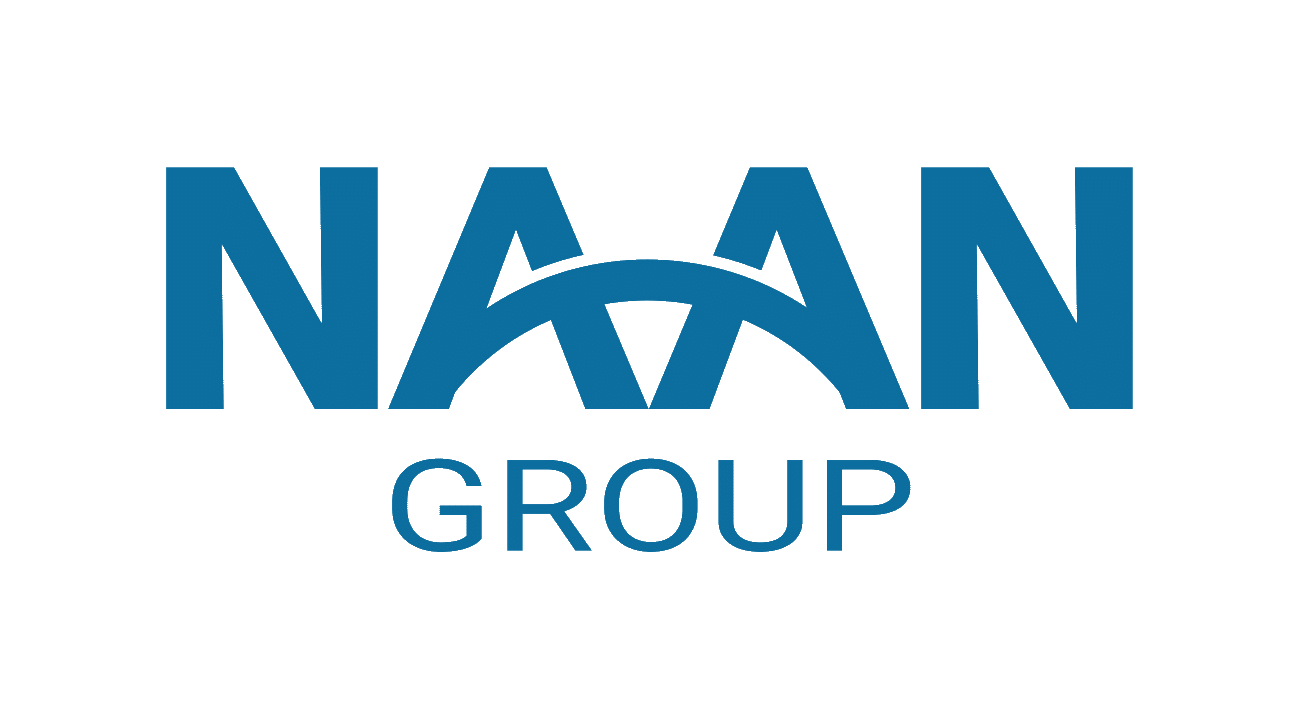What is AQI?
The air pollution situation in Hanoi in recent days has become severe. The Air Quality Index (AQI) in Hanoi has reached a level of 164, classified as "Hazardous". Specifically, the PM2.5 index has reached 101 µg/m³, which is 20.2 times higher than the annual air quality guidelines set by WHO.

Forecast of air quality in Hanoi in the coming days
Some areas in Hanoi have issued warnings about air pollution in red and purple levels, with AQI ranging from 150 to 180, reaching dangerous levels for health.
What is AQI?
AQI stands for "Air Quality Index." It is a measure used to assess air quality and its impact on human health. This index is often used to alert the public about air pollution conditions, helping people make informed decisions about their daily activities. The higher the AQI, the poorer the air quality and the greater the impact on health.
Air pollutants measured by AQI include PM2.5, PM10, carbon monoxide, sulfur dioxide, nitrogen dioxide, and ozone. The AQI value is determined based on the pollutant with the highest AQI value at the time of air quality measurement.
This index represents the concentration of air pollutants with a numerical value falling within a range of air quality categories. The air quality index ranges from 0 to 500, although air quality can exceed 500 when the level of air pollution is dangerously high. Good air quality falls within the range of 0 to 50, while measurements above 300 are considered hazardous.

Health recommendations based on AQI levels in the United States
Differences between AQI systems
Various systems are used worldwide to measure air quality. The AQI systems of the United States and China are the most widely used. Both measure the same group of pollutants.
The U.S. AQI system, developed by the Environmental Protection Agency (EPA), calculates the AQI with 5 main air pollutants: Ground-level ozone; Particulate matter (also known as fine particles): Typically assessed through PM 2.5 and PM 105.
Meanwhile, each country may have its own AQI scale, corresponding to its own air quality standards. For example, Canada has the Air Quality Health Index, Malaysia has the Air Pollution Index, and Singapore has the Pollutant Standards Index.
Despite differences between AQI systems, their common goal is to provide information about air quality to the public, helping people make decisions based on their daily activities.
How to check the AQI in Hanoi?
To check the AQI in Hanoi, you can visit various websites or apps with corresponding features. Here are some websites you can refer to:
- moitruongthudo.vn: Hanoi Environmental Monitoring Portal, providing air quality index in Hanoi.
- airnow.gov: Website of the U.S. Embassy in many countries.
- aqicn.org: This website provides real-time Air Quality Index (AQI) in Hanoi.
- accuweather.com: This website provides air quality index in Hanoi.
Remember that the AQI may change over time and weather conditions, so check regularly for the latest information.

Regularly check air quality to protect health (Photo: Freepik)

